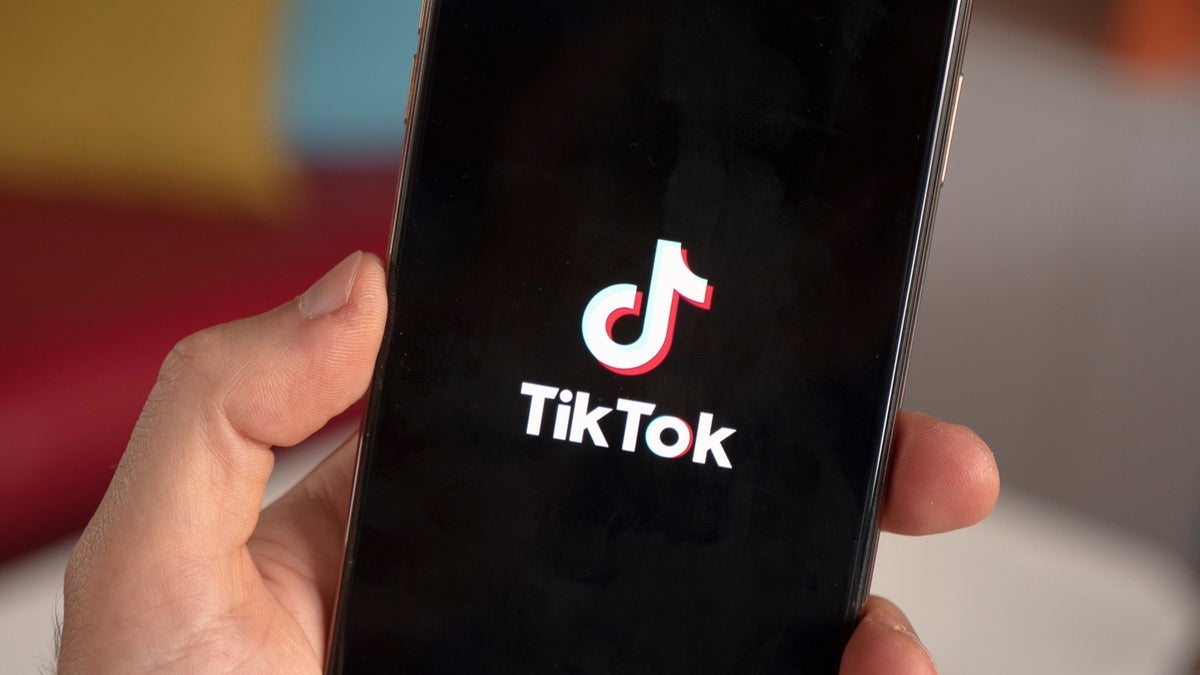The danger of occupational accidents runs throughout diverse industry verticals, mainly creation, logistics, mining, and production. According to the International Labor Organization, these sectors witness nearly 200,000 injuries each year (63% of all fatal injuries).
Most US states (except for Texas) enforce mandates for private employers to have a workers’ compensation program in place.This application/coverage is designed to offer economic reimbursement to injured workers (on duty).
Some common injuries employees run the risk of sustaining include slip and fall accidents, electrocution, and coming under heavy machinery. Especially across risk-heavy industries, businesses continue to face hefty workers’ compensation premiums.
They need some way to predict future losses so that the program becomes a legislative and financial cushion instead of a cost burden. This is where the concept of loss pick enters.
In this article, we will discuss what loss pick in workers’ compensation is and how it helps businesses navigate the costly insurance landscape.
Understanding Loss Pick in Workers’ Compensation Insurance
Also known as ‘expected losses,’ loss pick in workers’ compensation is an actuarial term for the underwriter’s loss estimation. In other words, the underwriter will use the business’ historical data (mainly the past five years) and roughly estimate losses for the upcoming year.
In simple terms, it is just the actuary’s way of using the past to forecast the future of the company. Loss pick is a unique concept in which every company’s cost drivers are identified against benchmark performance.
Importance of Loss Picks
Loss pick is of utmost importance for the insurer to understand whether necessary financial reserves are available to claim obligations. It safeguards the insurer’s financial stability and assures them of meeting any obligations without a compromise.
According to Prescient National Insurance, consistent examination and refining of loss projections helps companies maintain adequate financial reserves. This way, they can generate returns that support company growth and cover future claims.
Naturally, early identification of key cost drivers and loss predictions reduce the risk of heavy losses significantly. It is a risk management technique for the insurer as well as the company employing the workers’ compensation program.
For instance – Suppose the insurer discovered during the underwriting process that the primary reasons behind a company’s occupational hazards had been poor surveillance systems. They can predict losses for the upcoming year based on the previous years’ data.
Simultaneously, they can encourage the company to take concrete steps for tightening security. These may involve the installation of security cameras and sprinkler systems, periodic maintenance checks and inspections, and rigorous ongoing training.
The same applies to other injuries and their reasons. These may include overexertion, exposure to radiation, noise, hazardous substances, etc., as stated by the National Safety Council.
How Loss-Sensitive Programs Fare over Typical Insurance Models
Workers’ compensation program is mandatory across most US states, but it is available in two different structures. These differ from each other depending on the company’s loss history, risk tolerance, and commitment to safety.
The traditional and most common model is known as guaranteed cost insurance. It covers on-duty injuries a worker may sustain or illnesses they may contract due to the work environment. Under this program, the company must pay a fixed premium based on their exposure regardless of the amount or frequency of losses.
The final bill will be issued after that particular year’s premium audit. The issue with this model is the higher costs involved for the company. This is because the insurer carries the entire risk of all expenses involved. Additionally, the company has to pay a set premium even if its loss history has improved (thereby reducing the chances of losses in the upcoming year).
Loss-sensitive policies based on the loss-pick concept are also audited at the year’s end. However, they involve premiums that are realistically related to the company’s losses during a given period. This policy is best suited for companies with a decent financial standing who are willing to take calculated risks.
Such a program’s success would mean increased cash flow for the company, greater control over costs, and mitigation of losses. At the same time, it will make the company better equipped to handle its main cost drivers. This will also reduce the risk of occupational deaths and injuries.
The future of loss pick in workers’ compensation insurance is to strategically diversify risk exposure by predicting it. As per the National Council on Compensation Insurance’s 2023 State of the Line Guide, workers’ compensation reserve redundancy for the year amounted to $17 billion.
Companies must utilize the benefits of predictive modeling to evaluate their expected losses for a given year. They must estimate the impact on losses even based on potential operational changes.
In other words, expected losses should be adjusted in case of payroll growth, business expansion, etc.. It will keep the company up and running with proper coverage for all risks related to workplace hazards.




